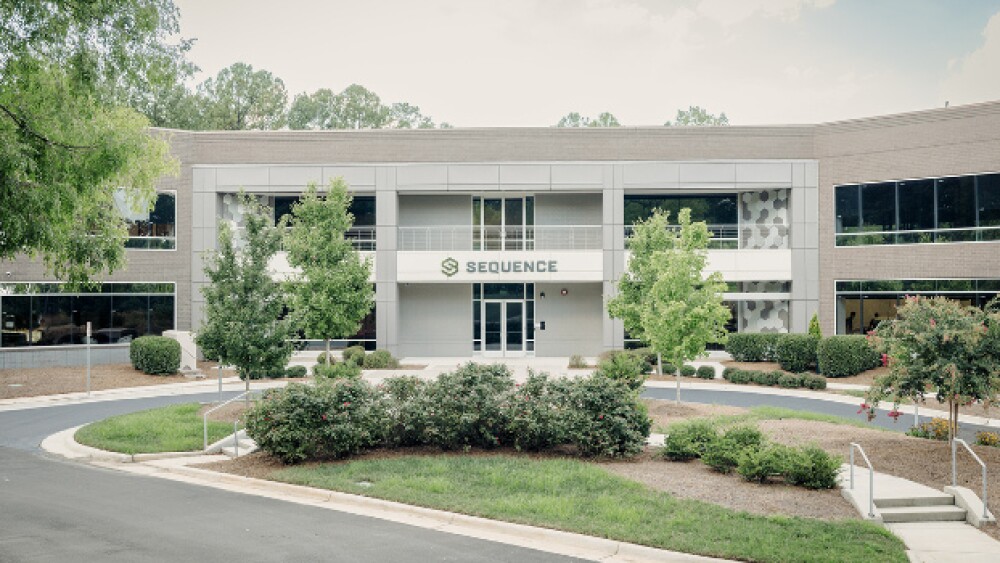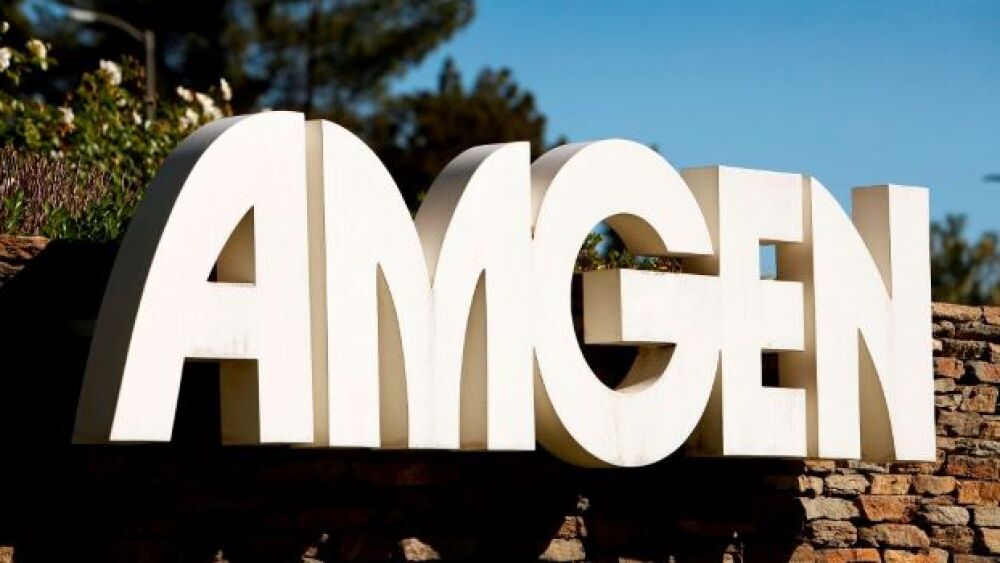Cell Microsystems announced today it has been awarded a $1.5 million grant under the National Institutes of Health (NIH) SBIR program.
Company awarded second patent for CellRaft™ technology
RESEARCH TRIANGLE PARK, N.C.--(BUSINESS WIRE)-- Cell Microsystems, a provider of innovative tools and scalable solutions for the sorting and isolation of single cells, announced today it has been awarded a $1.5 million grant under the National Institutes of Health (NIH) SBIR program. The proposed system integrates Cell Microsystems’ proprietary CellRaft Technology and novel approaches to tracking single cells with optical barcodes developed by Peter Sims, PhD of Columbia University, collaborator on the program. The goal of the project is to develop a fully-integrated system capable of imaging thousands of single cells and prepare them for genomic analysis.
Since February 2016, the Company has been awarded a total of $6.8 million in NIH funding, resulting in the commercial launch of instruments such as the CellRaft System for Inverted Microscopes, the automated AIR™ System and several versions of the consumable CytoSort™ Array compatible with both instrument platforms.
The latest grant, funded through the National Human Genomics Research Institute, will allow the company to develop a prototype of the innovative AIR-FLOW™ instrument, consumable cell culture and imaging device as well as molecular methods for subsequent RNA-Seq. The overall workflow will employ optical barcodes, which will allow cellular imaging data generated by the new system to be linked to genomic signatures on a cell-by-cell basis with unparalleled traceability.
“Among the commercially available options, no single instrument is capable of this fully-integrated workflow. Linking imaging data to genomic data on a cell-by-cell basis for thousands of cells in a single experiment just isn’t feasible with the systems available today,” notes Nick Trotta, PhD, Cell Microsystems’ Director of Product Applications and Market Development. “Grant support for the AIR-FLOW™ System will dramatically accelerate commercialization of this novel and powerful single cell research platform.”
Cell Microsystems’ CEO, Gary Pace, PhD, JD, added, “This grant topped off a successful 2017. We are looking forward to building on this success in 2018 through new product launches and supporting key product applications of the CellRaft Technology.”
Additional recent Company milestones also include:
- U.S. Patent No. 9,765,291 was awarded for the core CellRaft Technology. This is the company’s second patent for this technology. Cell Microsystems is now pursuing an international patent in the category of “Innovations in Array Technology.”
- Doubled lab and office space to 1000 square feet in 2017 and an anticipated doubling in space again in 2018 to support expanded commercial and development activities. Three employees were added to the company’s roster including a Head for Software Systems Engineering and an R&D Engineer to accelerate the development of the AIR System for commercialization. A Product Applications Lead was hired to focus on new product development driven by product applications.
- $2 million in revenue for 2017 from grants, licensing, and direct sales, a 67-percent increase year-over-year. The company recorded its second consecutive profitable year.
In addition to the NIH SBIR grant, Cell Microsystems gratefully acknowledges financial support from the following organizations:
- North Carolina Department of Commerce (Office of Science, Technology & Innovation)
- Carolina Kickstart and Innovation Fellowship
- North Carolina Biotechnology Center
- NC IDEA
About Cell Microsystems
Cell Microsystems is an early growth stage company that develops, manufactures, and markets innovative products for single cell biology. The Company’s proprietary CellRaft™ Technology enables high-efficiency sorting and isolation of single cells under standard culture conditions resulting in unperturbed phenotypes and high viability. Coupled with the Company’s automated imaging platform, a user can select a cell in real-time and ‘track and trace’ that cell through imaging, collection and downstream analysis. By sorting during real-time imaging, no cells are wasted enabling single cell isolation from even small, precious samples. The CellRaft Technology offers scalable solutions making cell separation technology available for every lab. For more information, visit: https://cellmicrosystems.com/.
View source version on businesswire.com: http://www.businesswire.com/news/home/20180123006118/en/
Source: Cell Microsystems






